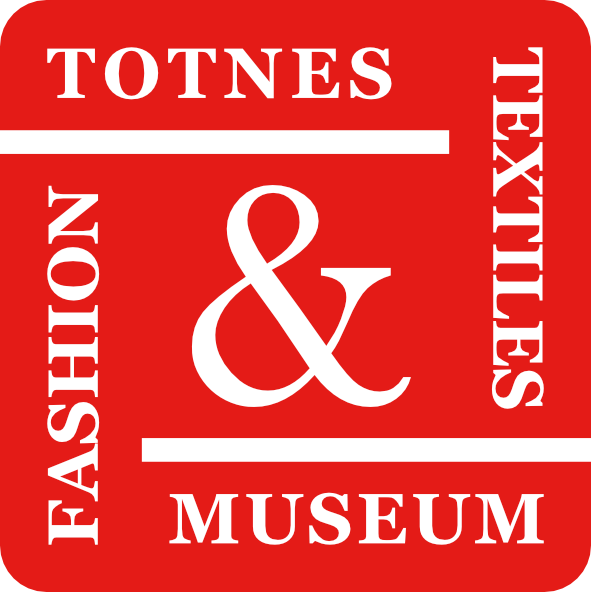Into the Blue
1798–2015
Blue is all around us in the sky and the sea. In the English language, blue represents psychological depression as well as transcendental phenomena. It is associated both with pornography and the Virgin Mary (symbol of purity in Christian iconography).
However, it is scarce in flora and fauna. There is one blue vegetable dye: indigo. Until the twentieth century it was the only dye available to produce the colour blue, as well as being used as the base for black, green and purple colouring. It is the only dye which works on all four natural fibres: wool, linen, silk and cotton.
The plants from which it is derived occur in all parts of the world. Each of these plants is a different species but the dye is chemically the same.
It is also a difficult dye to use. Textiles have to be vat-dyed because oxygen has to be excluded. Oxygen is then absorbed as the textile is removed from the vat, at which point the cloth turns blue. Because of this, the dyeing process led to ideas that there must be some magic or spiritual involvement.
“No other dyestuff has been valued by mankind so widely and for so long. One of the world’s oldest dyes, it remains the last natural dye used in places that have embraced synthetic dyes for every other colour” (Indigo. Jenny Balfour Paul. Archetype Press 2006)
The term “indigo” is derived from the Greek meaning “from India”, although in India it is called “nila”, meaning dark blue.
Ancient Egyptians wrapped their mummies in indigo cloth before burial.
In Britain and northern Europe, the plant used for the dye was woad. Eventually the market was taken over by Indian indigo, imported by the East India Company.
By the early eighteenth century, indigo was the standard dye for many European naval uniforms, probably because it also has antiseptic properties and wounds could be infected by wooden splinters caused by missiles hitting timber ships.
As recently as 1930 indigo was used to dye British police uniforms and, even after World War II, railway and Post Office workers’ uniforms were made from indigo-dyed cloth.
It was only after the chemistry of indigo had been discovered by chemists in England that a synthetic form of the dye could be produced. However, many artists and dyers still believe that the synthetic form is inferior to the plant form.
In this exhibition we show a range of blue – or predominantly blue – garments. It is likely that those dating from the eighteenth and nineteenth centuries would have been dyed, either as cloth or yarn, in imported indigo. The display in the cabinet contains a selection of textiles from Africa, Japan and England, the last being from the studio of Susan Bosence (1913–2011) who worked for forty years in Devon.


